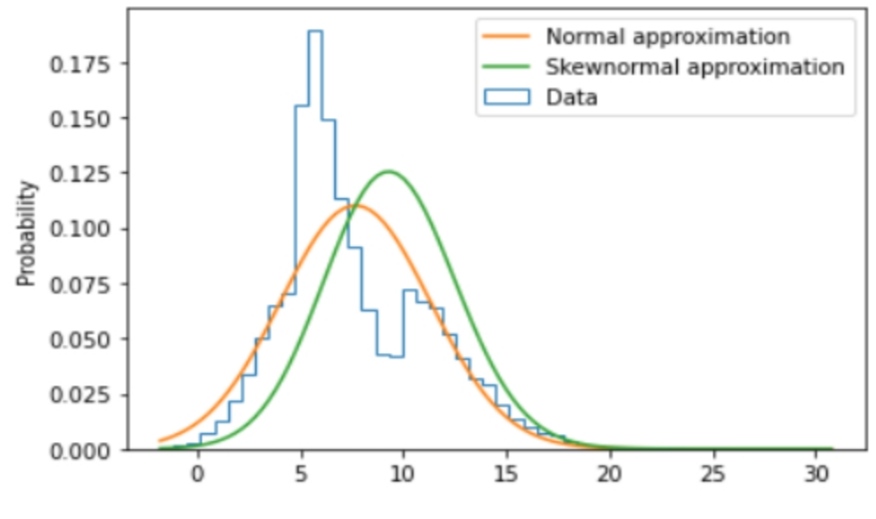For which task is skewness more important?

Skewness gives a basic understanding of statistics and probability theory. Data distribution plays an important role in understanding and making informed decisions. skewness is something that refers to the asymmetry or lack of symmetry in the probability distribution of a dataset. Also, skewness indicates the skewness of the data distribution toward one tail or the other. Although bias may appear to be a technical aspect of data analysis. Its importance is very high in various fields and work fields. Such as – allows researchers, analysts, and decision-makers to arrive at sound conclusions. And provides guidance in formulating effective strategies.
An Important effect of skewness
- Financial Analysis
- Machine Learning and Predictive Modeling
- Business Decision-Making
- Epidemiology and Public Health
Financial Analysis
In the realm of finance, skewness is a key parameter for assessing investment risks and returns. Asset prices and market returns often exhibit skewed distributions. Positive skewness implies that the data has a long tail on the right side, indicating occasional extreme positive returns, potentially lucrative for investors. On the other hand, negative skewness signifies a long left tail, suggesting the possibility of abrupt and large negative returns.
Consider a portfolio manager assessing the risk of a particular investment. By examining the skewness of historical returns, the manager can gauge the likelihood of extreme events that might impact the investment’s performance. This information is crucial for constructing a resilient portfolio that can withstand unexpected market shifts.
Machine Learning and Predictive Modeling
Skewness also plays a vital role in machine learning and predictive modeling. Many algorithms assume that the data follows a normal distribution. When working with skewed data, these assumptions are violated, potentially leading to biased models. Preprocessing data by addressing skewness through techniques like log transformations or power transformations is a common practice.
For instance, in medical diagnostics, when developing a model to predict the length of hospital stay based on patient attributes, skewed features like medical expenses could mislead the model. By applying appropriate transformations to mitigate skewness, the model’s accuracy and reliability can be significantly improved.
Business Decision-Making
In the business domain, skewness is invaluable for decision-making processes. Consider a retail manager analyzing the distribution of customer purchase amounts. A positively skewed distribution indicates that while most customers make regular purchases, there’s a possibility of a few high-value transactions. This insight might lead the manager to tailor marketing strategies to cater to both regular customers and potential high-spenders.
Marketing campaigns also benefit from skewness analysis. If a company is launching a new product, understanding the skewness of consumer preferences can help in setting realistic sales targets. For instance, a product with a negatively skewed popularity distribution might have a stable customer base, while a positively skewed distribution suggests a potential viral trend that could lead to rapid sales growth.
Epidemiology and Public Health
In epidemiology and public health, skewness is pertinent to understanding the distribution of various health-related phenomena. Consider the spread of a contagious disease within a population. The distribution of the disease’s incubation period could be positively skewed, indicating that most individuals recover within a certain timeframe, but a few might experience unusually long incubation periods.
Public health policies and interventions can be tailored based on the skewness of relevant data. For instance, if the incubation period is highly skewed, resources can be allocated to effectively manage the cases with longer incubation periods, preventing further spread of the disease.
Verdict words
Skewness is often considered a technical detail in data analysis. Skewness has immense contributions across various tasks and industries. It enables decision-making in finance, machine learning, business strategy, and public health. Understanding the skewness of the data distribution enables professionals to make well-informed choices. By recognizing the inconsistencies in the effects of skewness, stakeholders can reduce risk. Also, can easily optimize strategies. And can develop accurate models that lead to better results. In an era driven by data-driven insights, understanding bias can harness the true power of data.
